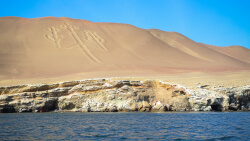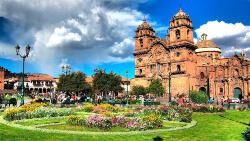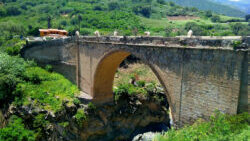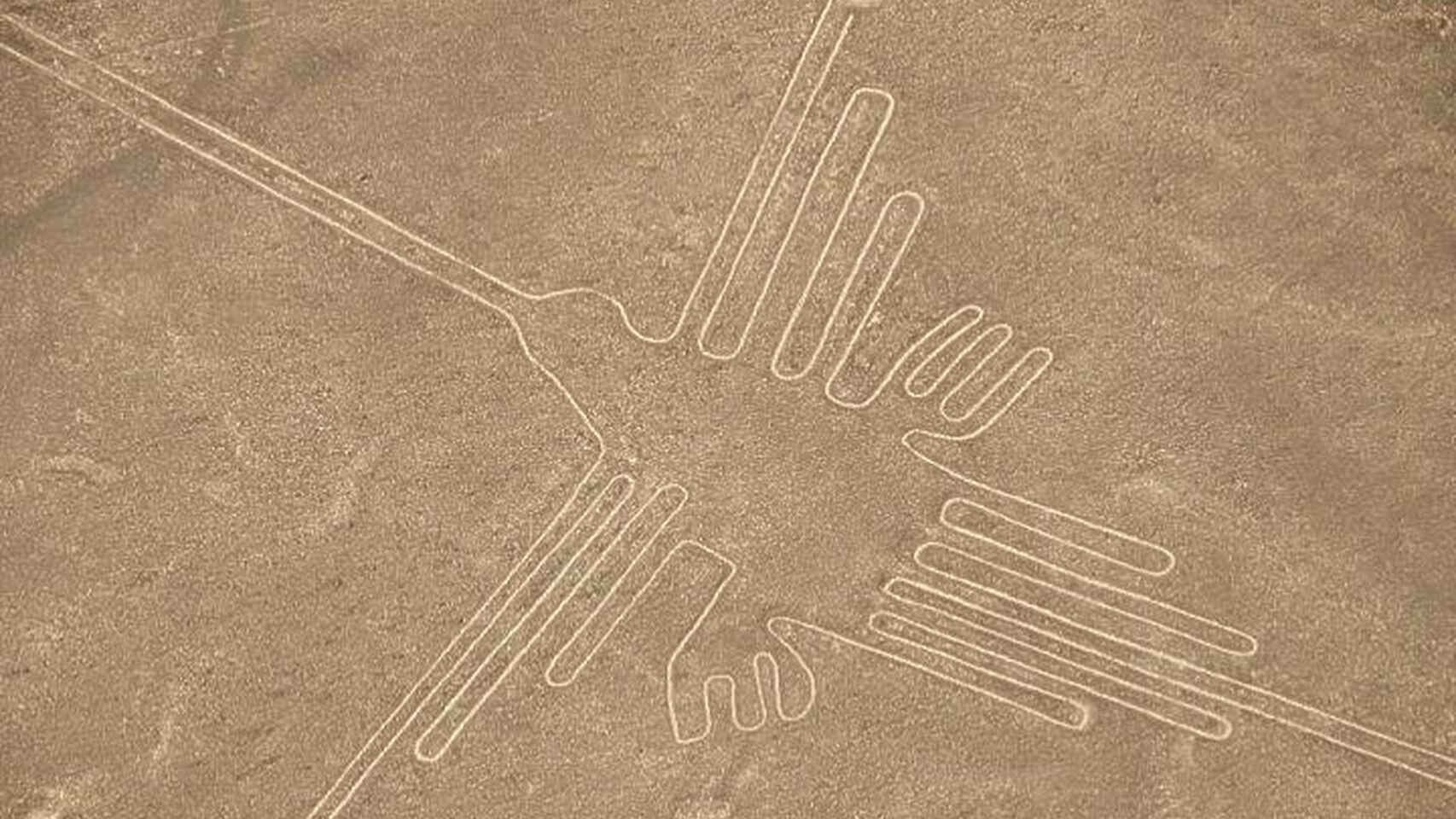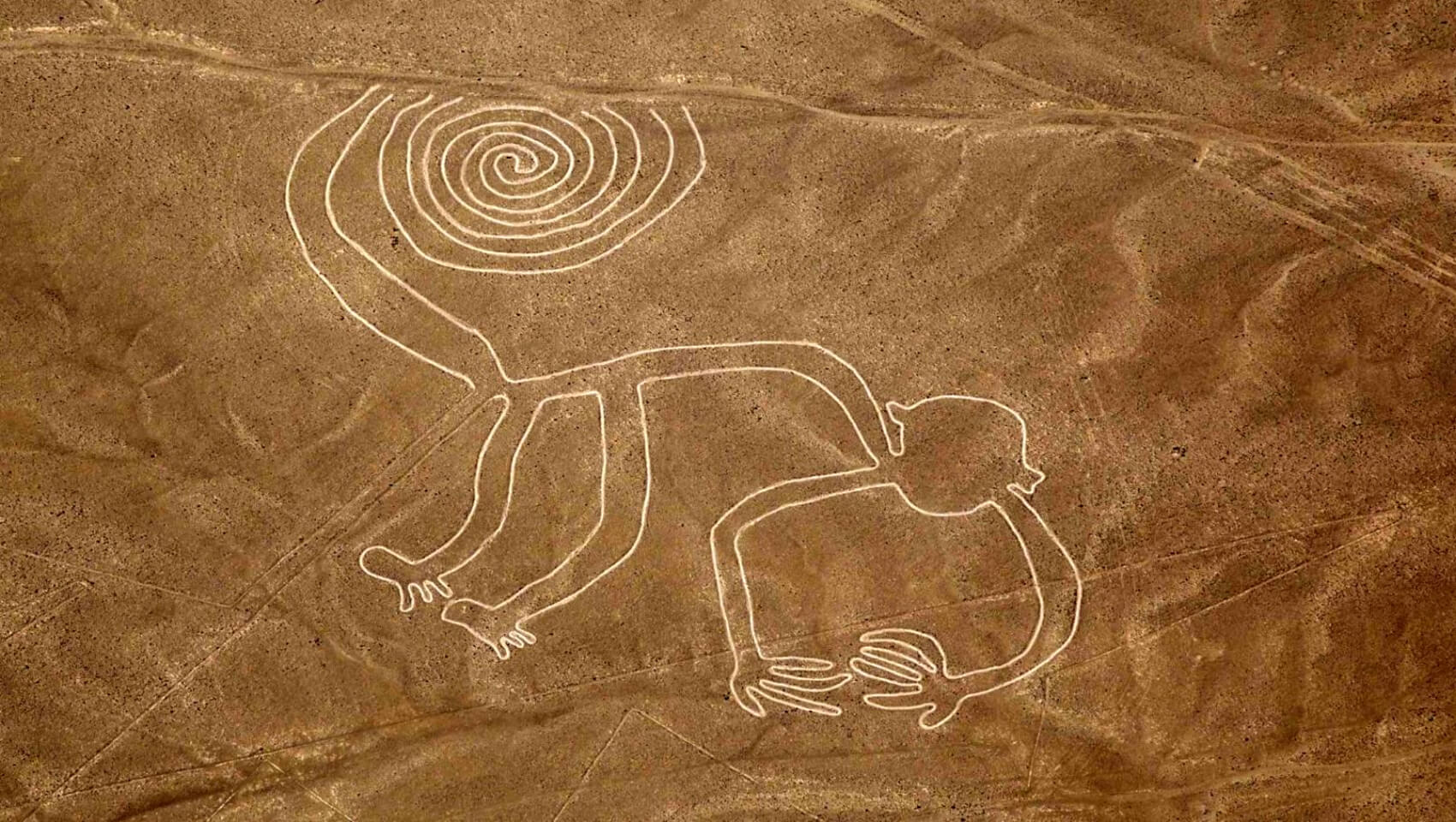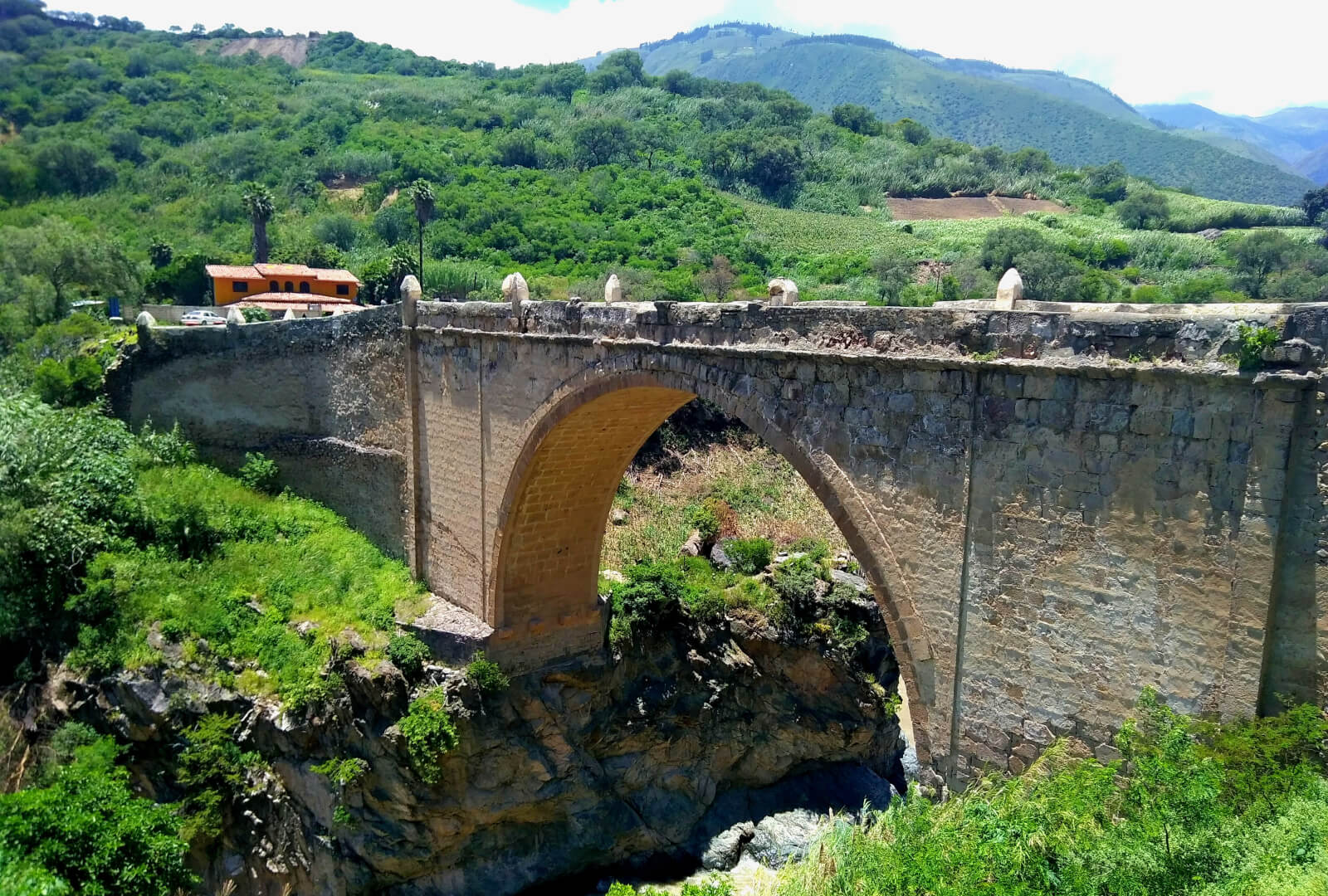Around Lima: Coast, White Cordillera and Central Andes
Around Lima: Coast, White Cordillera and Central Andes
![]()
![]()
Overview
Drive along the Pacific coast, then climb the Andes to cross them to Cusco. From the capital of Peru to the capital of the Inca Empire, you will travel through varied landscapes, from the coastal desert, including the enigmatic lines of the Inca civilization, to the highlands, dotted with lagoons and herds of camelids. From the highlands you will descend into fertile valleys populated by typical Andean villages dominated by the high Andean peaks
Leg 1 From Lima to Paracas
![]()
![]()
Leave the capital for the peaceful desert and its many beaches popular with the people of Lima. On the way you can stop at Chincha, an Afro town, renowned for its gastronomy, music and dances. Nearby, the Hacienda San José will take you back to the gloomy history of the slave era.
Helpful links
Casa Hacienda San Jose
El Refugio de Mamainé
Leg 2 From Paracas to Nasca
![]()
![]()
Leg 3 From Nasca to Puquio
![]()
![]()
At the entrance and exit of the charming little town of Puquio, you will find a lake where you can park for the night.
Leg 4 From Puquio to Chalhuanca
![]()
![]()
Leg 5 From Chalhuanca to Curahuasi
![]()
![]()
Leg 6 From Curahuasi to Cusco
![]()
![]()

